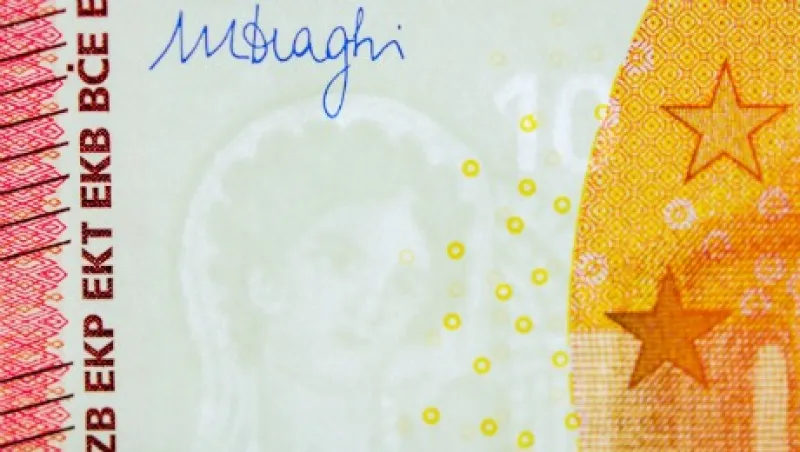Preliminary euro zone GDP data that Eurostat released this morning revealed a weaker-than-anticipated pace of growth for the common-currency zone in the first quarter, with the headline index registering an annualized 1.5 percent versus consensus forecasts of 1.6 percent. Germany, the largest economy within the European Union, registered growth of 0.7 percent for the first three months of the year, besting forecasts. Recent data from the Eurozone has shown signals of improvement but the European Central Bank’s quantitative easing program has not proven as effective to date as efforts by the U.S. Federal Reserve and Bank of England. Adding to the picture, the looming possibility that the U.K. might leave the EU and the reemergence of Greece as a threat have caused investors to become less confident that bond purchases alone will spur growth.
Investors more cautious over U.S. equities. Asset-flow data continues to suggest caution on the part of investors. In a report issued today, Jefferies quantitative strategist Kenneth Chan, in part relying on data from Bloomberg and EPFR Global, noted that investors withdrew a net $7.3 billion from U.S. stocks last week for the fifth consecutive weekly contraction. European equities also saw withdrawals for the period, while money markets and gold gained.
Petrobras reports loss. Today Petróleo Brasileiro reported a third consecutive losing quarter with revenues 5 percent lower than the same quarter in 2015. The company continues to be mired in a political scandal that was the catalyst for this week’s presidential impeachment. In the accompanying statement, Petrobras executives pledged to continue to seek asset sales to shore up the company’s balance sheet.
No shift in production estimates from OPEC. The Organization of Petroleum Exporting Countries reported a production rate averaging 32.44 million barrels a day in April, according to a report issued today. The report said demand should improve through 2016 as activity measures in the developing world improve because of stimulus measures. Separately, the organization’s research team anticipates investment levels in the industry will remain depressed into 2018. OPEC’s next meeting is in June.
Honda profits slide as recall looms. After massive recalls related to potentially faulty airbags, Honda Motor today reported that it will need to call back an additional 21 million vehicles in coming months. The company’s earnings for the full fiscal year ending in March fell $32 percent to $3,2 billion from a year earlier and company management guided expectations lower on a stronger yen for the year ahead.
Portfolio Perspective: The changing dynamics of the crude oil market — Duncan Goodwin, Baring Asset Management
So far this year, there has been no letup in the volatility of crude oil prices. Having troughed in January, West Texas Intermediate prices are up over 25 percent having briefly been above $40 per barrel. When looking at this through a top-down macro lens, we see scope for ongoing volatility. So what is fundamentally changing in the crude market to drive this higher volatility? U.S. tight (or shale) oil has emerged as a cost-competitive source of oil in a global market that has been struggling with lower demand. Importantly, we see the U.S. crude supply as much more responsive to future price movements. This means that when prices are depressed, as they are now, the supply will respond by falling, but when prices reach a certain level, the supply will resume. Much the same dynamic has occurred in the U.S. natural-gas market over the last ten years.
In our view at Barings, this means that oil price cycles will be measured in months rather than years — not great for those looking to plan long-term capital projects in the industry, but better news for those looking to trade and store crude and associated products — assuming traders can trade the volatility effectively. Given that we are some way through the recent down cycle in crude prices, with activity in the U.S. near lows and still declining, we expect to see crude markets balance and then tighten toward the end of this year, with a pickup in activity in the U.S. as we move into 2017. However, calling the duration and size of the up cycle is more challenging. The U.S. services industry has taken significant capacity out and it is too early to call the crude price needed to bring this activity back.
Duncan Goodwin is a portfolio manager of the Global Resources Fund at Baring Asset Management in London.






